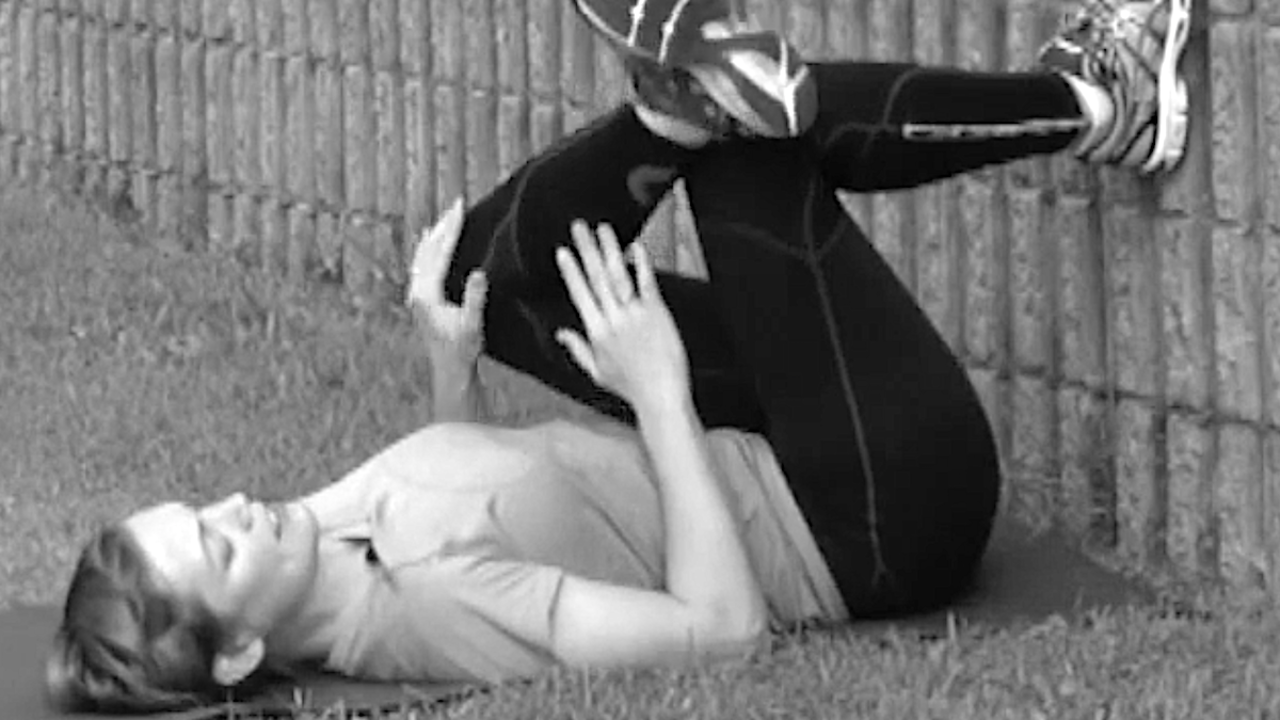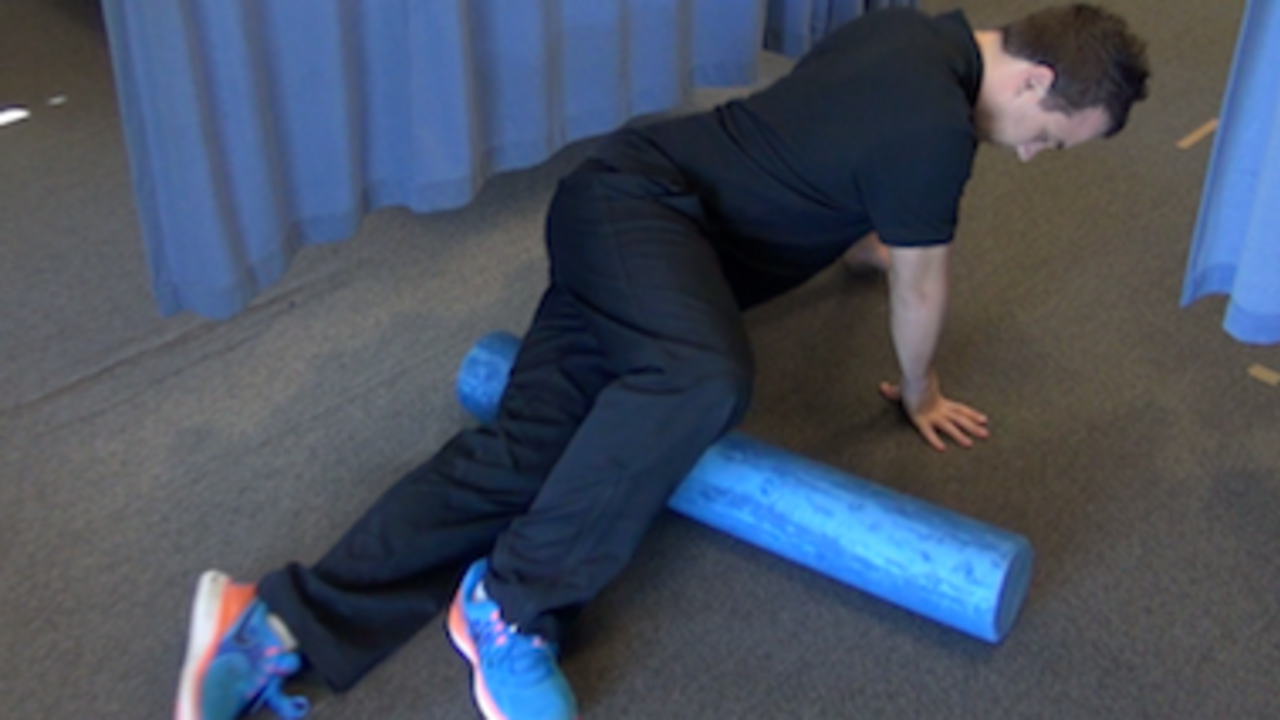Pedalling thoughts on Paper
Our 4 Favourite Stretches to Expedite Recovery

Stretching should be a fundamental part of your training routine, in addition to aiding in recovery, static stretches when done correctly will improve your flexibility, give you greater range of movem...
Cyclist's Worst Enemy - the ITB (Iliotibial Band)

It's the worst enemy of every cyclist...
The ITB - the Illiotibial Band
What is it?
And how can you release it to prevent injury and get the most out of your cycling?
The Illiotibial band is fib...

